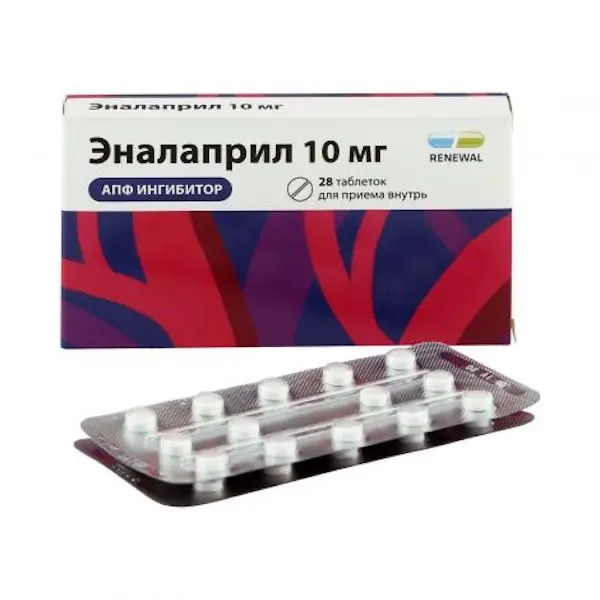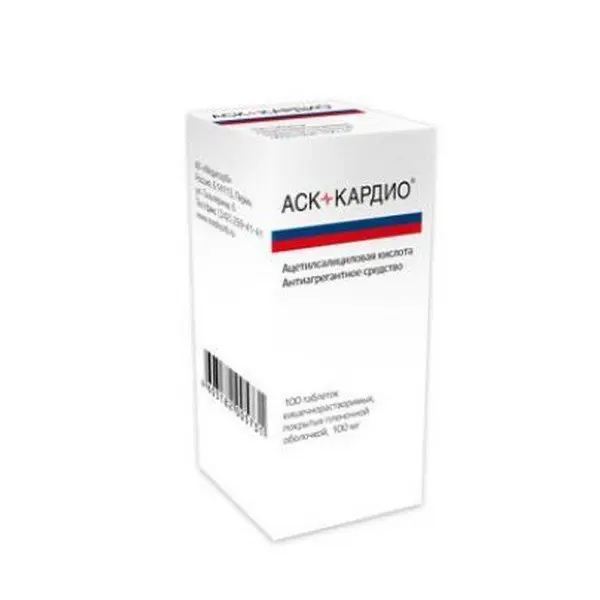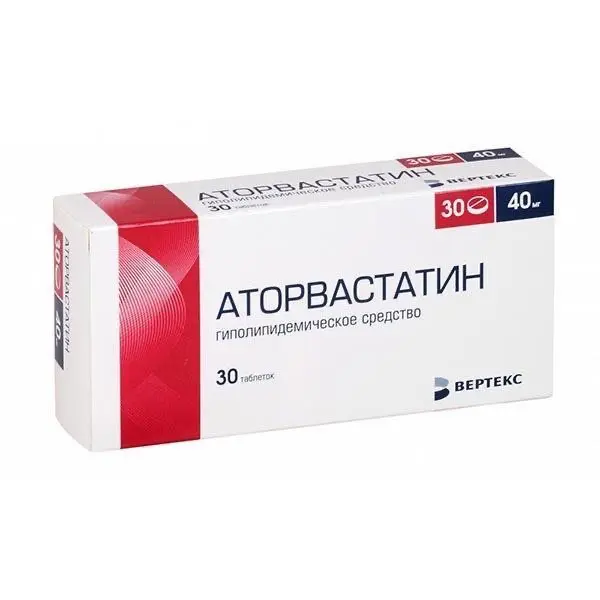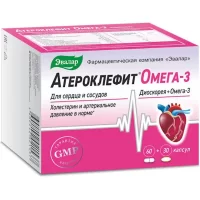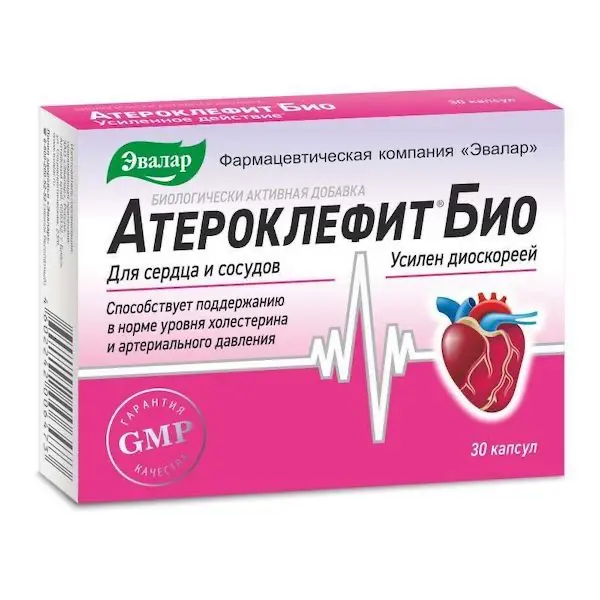Description
Enalapril 20 mg Pharmacodynamics
Enalapril 20 mg is a hypotensive drug from the group of angiotensin-converting enzyme inhibitors (ACE), refers to drugs affecting the renin-angiotensin-aldosterone system (RAAS). It is used for treatment of essential hypertension (primary arterial hypertension (AH)) of any severity and renovascular hypertension both in monotherapy and in combination with other hypotensive agents, in particular diuretics.
Enalapril 20 mg is also used to treat or prevent the development of heart failure (HF).
Enalapril is a “prodrug”: its hydrolysis results in enalaprilate, which is a highly specific and long-acting ACE inhibitor.
ACE (peptidyl dipeptidase A) catalyzes the conversion of angiotensin I into the pressor peptide angiotensin II. ACE inhibition leads to a decrease in the plasma concentration of angiotensin II, which results in an increase in plasma renin activity (due to the elimination of negative feedback in response to renin release) and a decrease in aldosterone secretion. At the same time, total peripheral vascular resistance, systolic and diastolic blood pressure (BP) decrease, post- and preload on myocardium.
Enalapril dilates arteries more than veins, and there is no reflex increase in heart rate. ACE is identical to the enzyme kininase II, so enalapril can also block the degradation of bradykinin, a peptide with a marked vasodilatory effect. The significance of this effect in the therapeutic effect of enalapril needs to be clarified.
Despite the fact that the main mechanism by which enalapril reduces BP is considered to be inhibition of the activity of the RAAS, which plays an important role in BP regulation, enalapril shows antihypertensive effect even in patients with AH and with reduced plasma renin activity. Hypotensive effect is more pronounced at high renin concentration than at normal or reduced renin concentration.
Enalapril administration in patients with AH leads to a decrease in BP in both standing and lying position without a significant increase in heart rate (HR). Symptomatic orthostatic (postural) hypotension develops infrequently.
Indications
- Essential hypertension of any severity.
- Renovascular hypertension.
- Heart failure of any severity.
- In patients with clinical manifestations of CH the drug is also indicated for:
- Improving survival of patients;
- slowing of CH progression
- decrease the rate of hospitalizations for CH.
- Prevention of clinically significant heart failure.
- In patients without clinical symptoms of CH with left ventricular dysfunction, the drug is indicated for:
- slowing the development of clinical manifestations of CH;
- decrease frequency of hospitalizations for CH.
- Prevention of coronary ischemia in patients with left ventricular dysfunction.
- The drug is indicated for:
- reducing the incidence of myocardial infarction;
- decrease the rate of hospitalizations for unstable angina pectoris.
Contraindications
- Hypersensitivity to enalapril, other components of the drug or other ACE inhibitors.
- History of angioedema associated with the use of ACE inhibitors, hereditary or idiopathic angioedema.
- Concomitant use with aliskiren and/or aliskiren-containing drugs in patients with diabetes mellitus and/or moderate or severe renal impairment (glomerular filtration rate (GFR) less than 60 ml/min/1.73 m2 body surface area).
- Concomitant use with angiotensin II receptor antagonists (ARA II) in patients with diabetic nephropathy.
- Concomitant use with neutral endopeptidase inhibitors (e.g. drugs containing Sacubitril) due to the high risk of angioedema.
- Age under 18 years (efficacy and safety have not been established).
- Pregnancy and breastfeeding period.
- Lactose intolerance, lactase deficiency, glucose-galactose malabsorption.
Dosage and administration
- Orally, regardless of meals.
- Essential hypertension.
- The initial dose is 10-20 mg, depending on the severity of AH, once a day. In mild degree of AH, the recommended initial dose is 10 mg once daily. In other degrees of AH, the initial dose is 20 mg once daily. The maintenance dose is usually 20 mg once daily. The dosage is adjusted individually for each patient, but the maximum dose should not exceed 40 mg per day.
- Renovascular hypertension
- Since in patients in this group, BP and renal function may be particularly sensitive to ACE inhibition, therapy is started with a low initial dose of 5 mg or less. The dose is then adjusted according to the patient’s needs and condition. If there is no clinical effect, the dose is increased by 5 mg after 1-2 weeks. Usually, the effective dose is 20 mg enalapril once a day with daily administration. Caution should be exercised when using the drug in patients who have recently taken diuretics (see “Concomitant treatment of AH with diuretics” below).
- Concomitant treatment of AH with diuretics
- Symptomatic arterial hypotension may develop after the first drug administration. This effect is most likely in patients who take diuretics. It is recommended to use the drug with caution, because the water-electrolyte imbalance may be observed in these patients. Diuretics should be discontinued 2-3 days before the start of therapy with the drug. If this is not possible, the initial dose of enalapril should be reduced (to 5 mg or less) to determine the primary effect of the drug on BP. Subsequently, the dosage should be adjusted according to the patient’s need and condition.
- Dosage in renal failure
- The interval between doses of the drug should be increased and/or the dose should be reduced.
- Creatinine clearance, ml/min Initial dose, mg/day<80 >30 ml/min 5-10 mg
- ≤30 >10 mL/min 2.5-5 mg
- ≤10 mL/min 2.5 mg on dialysis days
- Enalapril 20 mg is subjected to dialysis. Dose adjustments on days not undergoing dialysis should be made depending on BP levels.
- Heart failure and prevention of clinically significant heart failure
- Initial dose of the drug in patients with clinically significant CH or with asymptomatic left ventricular dysfunction is 2.5 mg. Herewith the drug administration should be carried out under close medical supervision in order to determine the primary effect of the drug on BP.
- Enalapril 20 mg may be used for treatment of CH with pronounced clinical manifestations, usually in combination with diuretics and, when necessary, with cardiac glycosides. In case of absence of symptomatic arterial hypotension (resulting from enalapril treatment) or after its correction, the drug dose should be gradually (by 2.5-5 mg every 3-4 days) increased to usual maintenance dose of 20 mg, which is used either once or divided into 2 doses depending on patient’s tolerance. The dose can be adjusted within 2-4 weeks or at shorter intervals if there are residual signs and symptoms of CH. This therapeutic regimen effectively reduces mortality rates in patients with clinically significant HF.
- Both before and after the start of treatment with the drug, regular monitoring of BP and renal function should be performed (see section “Cautions”), since it was reported about the development of arterial hypotension with subsequent (more rare) occurrence of acute renal failure due to the drug administration. In patients taking diuretics, the dose of diuretics should be decreased, if possible, before treatment with enalapril. The development of arterial hypotension after the first dose of the drug does not mean that arterial hypotension will develop again with long-term treatment, and does not indicate the need to discontinue the drug. Serum potassium content should also be monitored during treatment with the drug (see section “Interaction with other medicinal products”).

